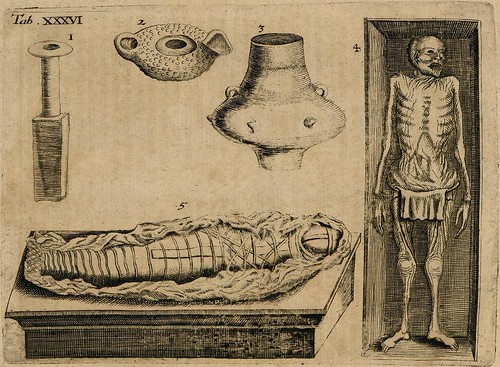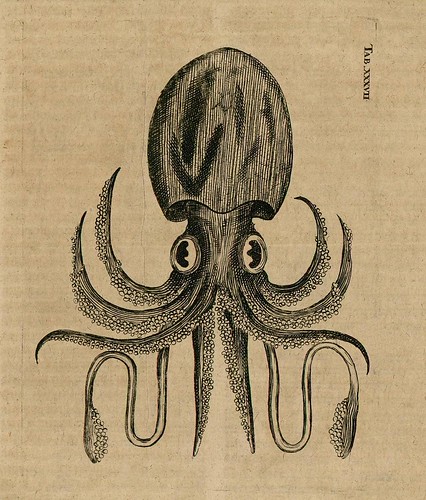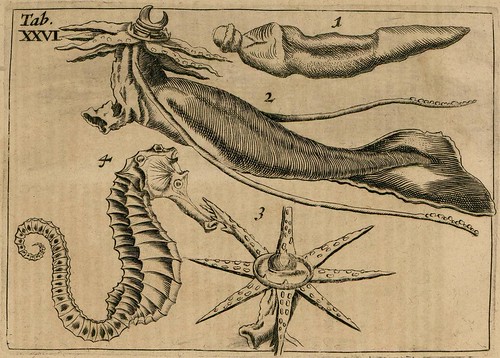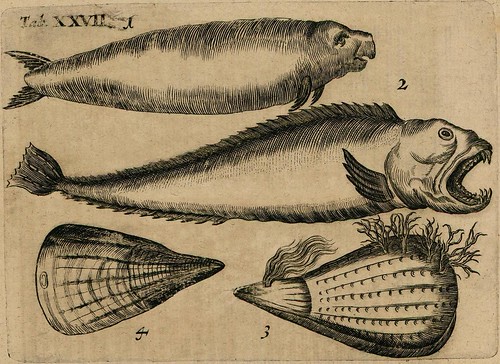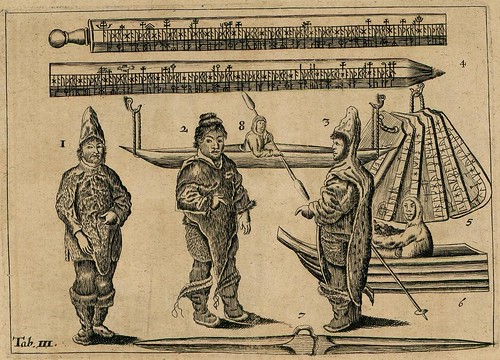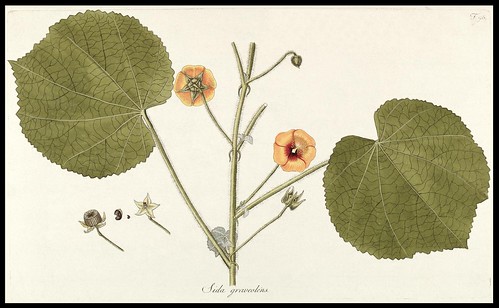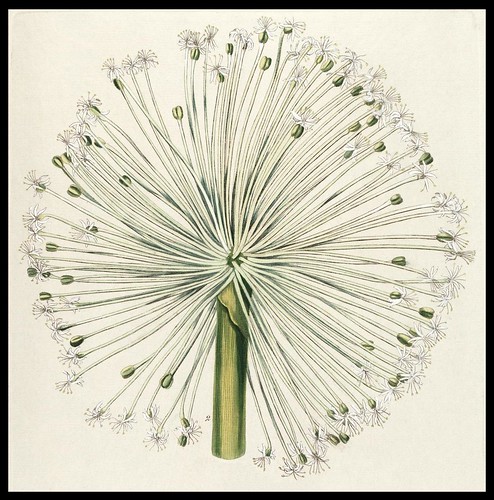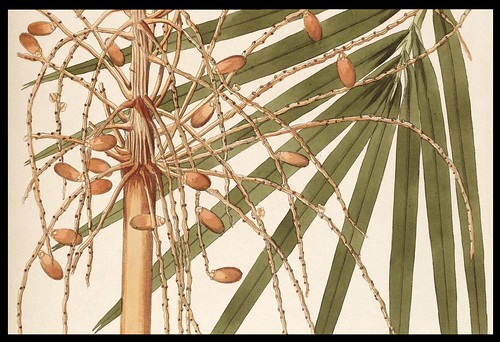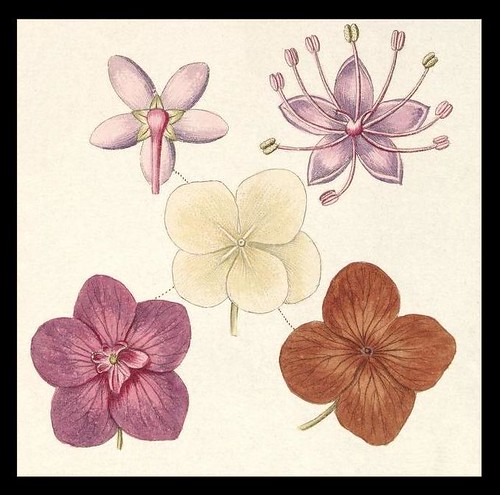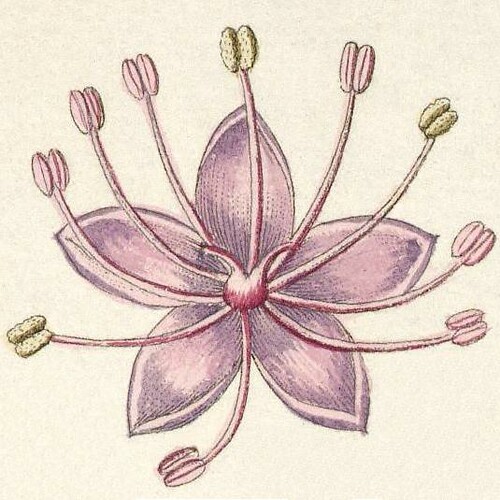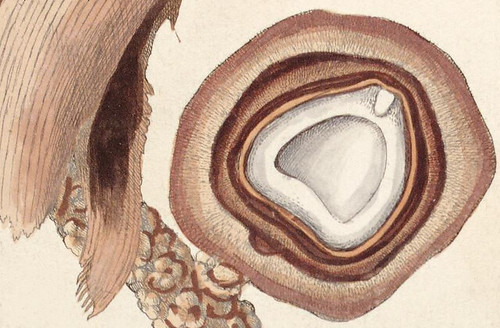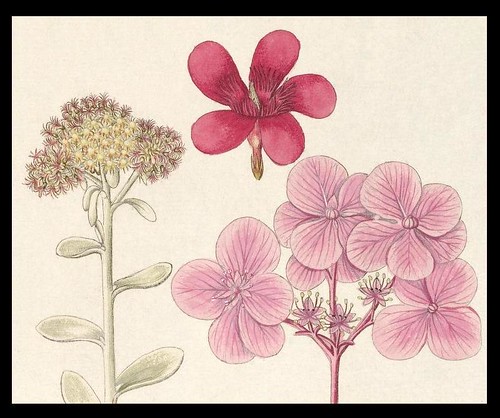
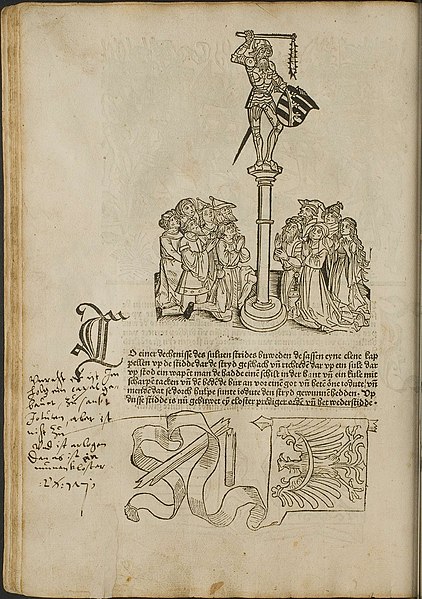


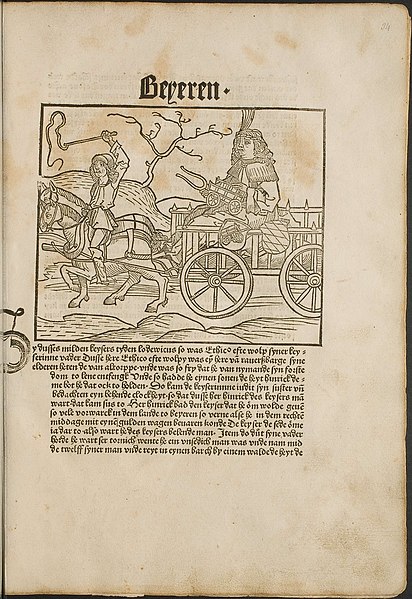
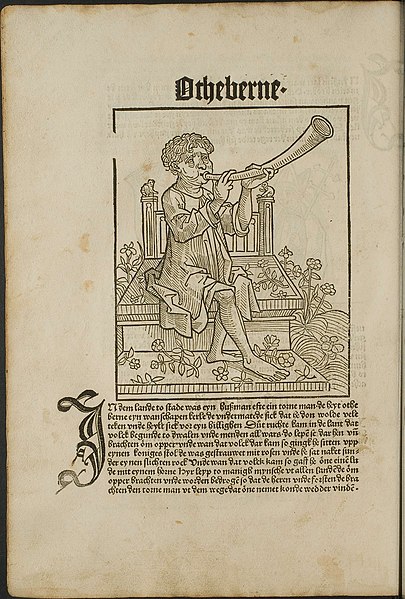




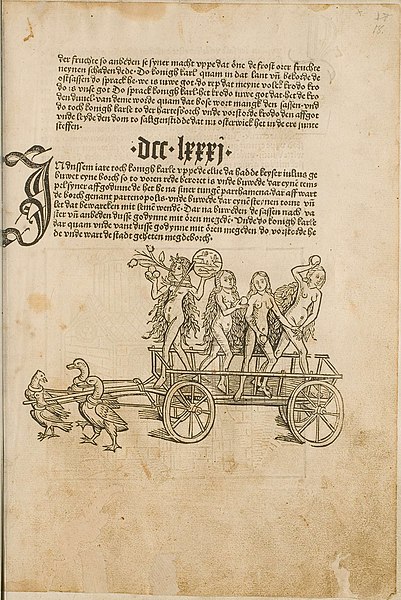


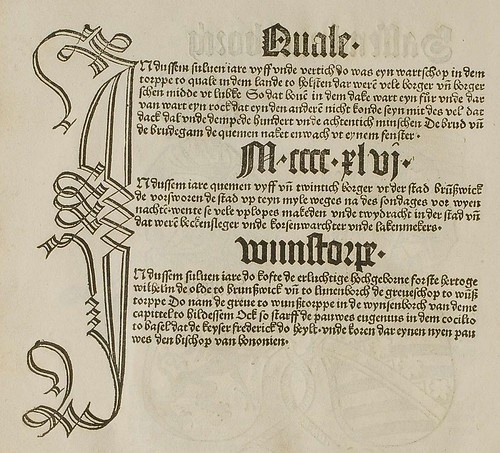

In 1492, a year before Hartman Schedel's famous 'Nuremburg Chronicle', the first and perhaps rarest of the great 'world' histories was published in Mainz.
Written in middle German by the goldsmith Conrad Bote (Konrad Botho), with copious woodcut illustrations by unknown artists (referred to as Masters H and HR), 'Cronecken der Sassen' (The Chronicles of Saxony) was the last work by the printer, Peter Schöffer, who had originally learned his craft under Johannes Gutenberg.
'World' means that the book commences with the creation of the world - there is an illustration of Noah's Ark in there - but settles down to be a regionally focused history, with pictures of all the major cities and armorial bearings and portraits of ruling families strewn throughout the work. In the manner of the time, many of the woodblock images (and bold calligraphic letters) appear repeatedly, functioning in a symbolic or representative manner.
I've certainly seen some of the images before, no doubt copied in later works, but I'm not sure if I've seen any similar figures in earlier handwritten manuscripts. There is very little online (in any language really) that provides more than just a cursory overview of the work.
- I posted nineteen full page images (not touched up in any way) to Wikimedia - most of these are seen above.
- 'Cronecken der Sassen' was uploaded to the internet yesterday by Wolfenbütteler Digitale Bibliothek. It consists of about six hundred+ pages and I would say I've posted the most interesting illustrations above or to Wikimedia.
- The last image above was nabbed from a German Ebay auction site.
- There
is no spoonare no links.


